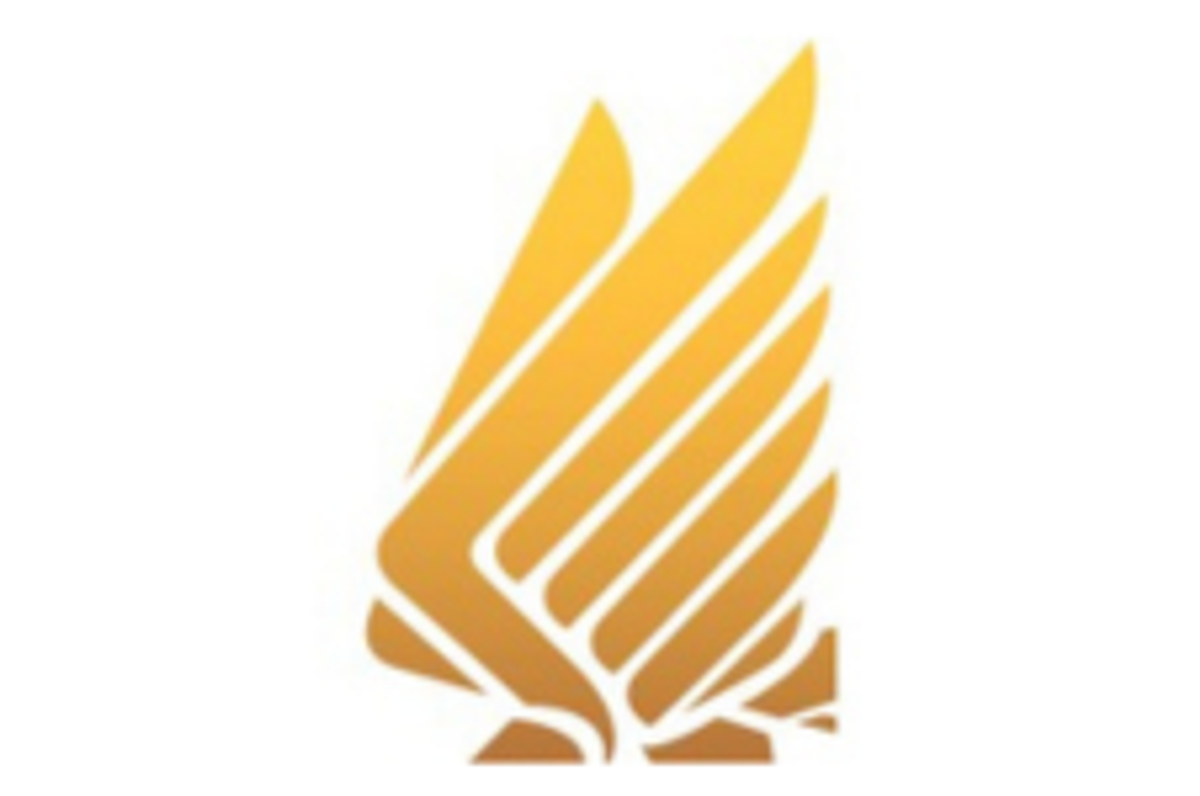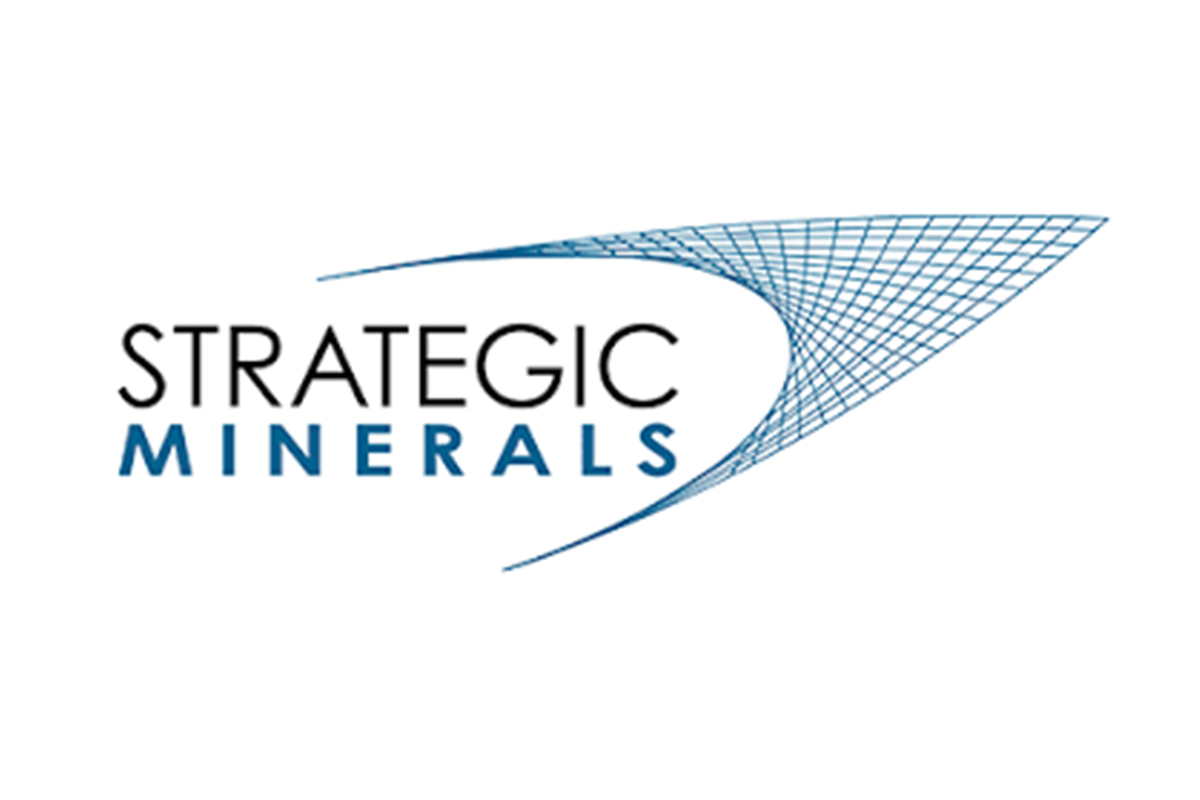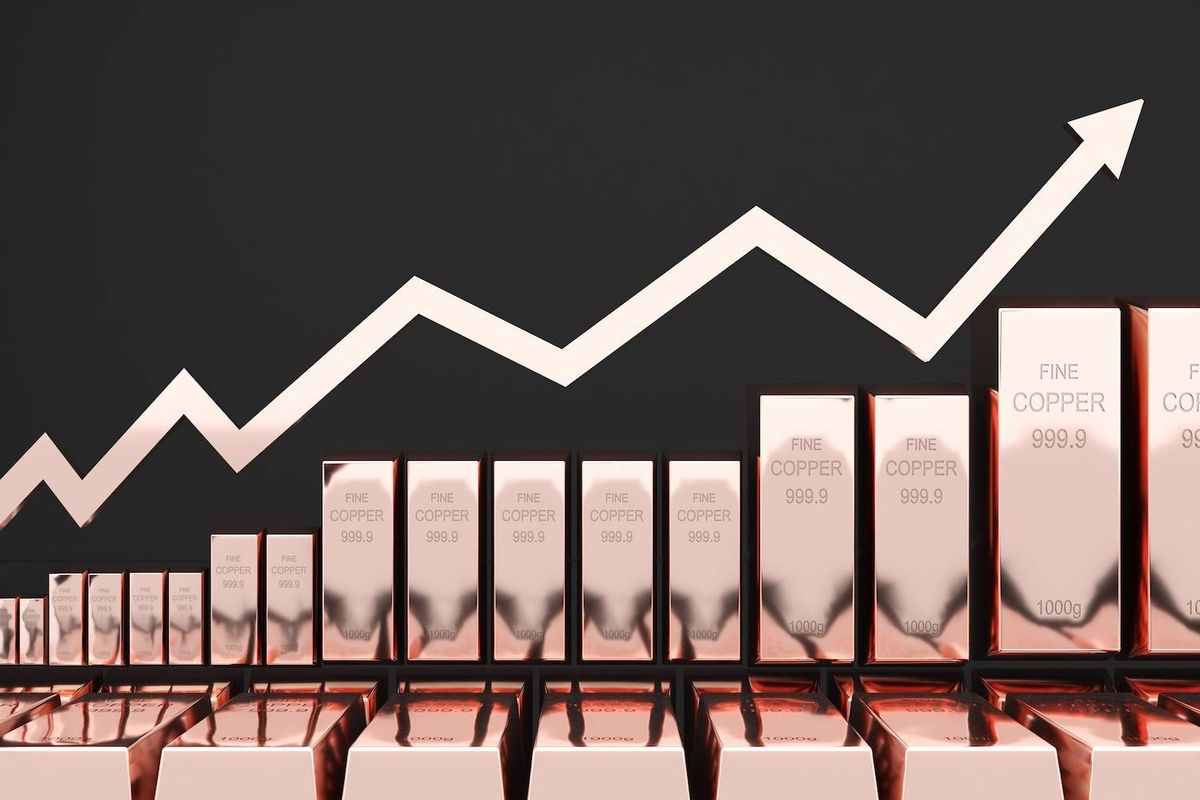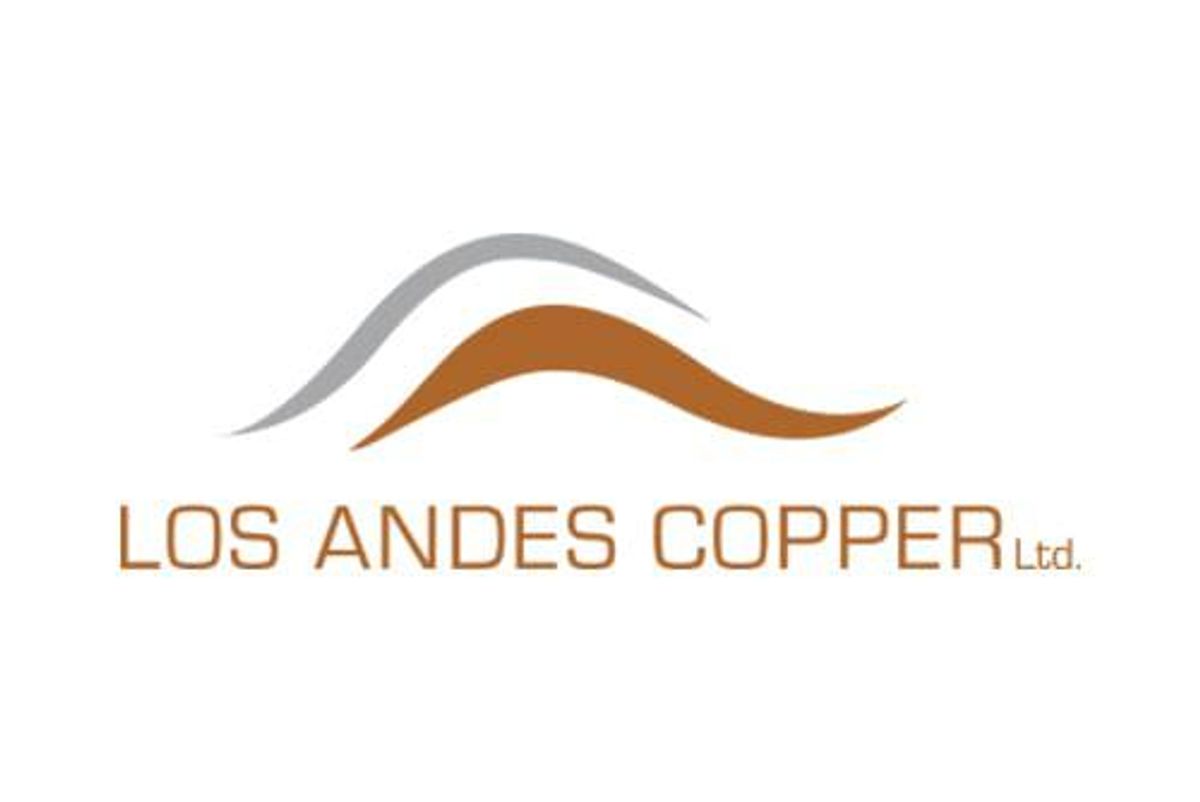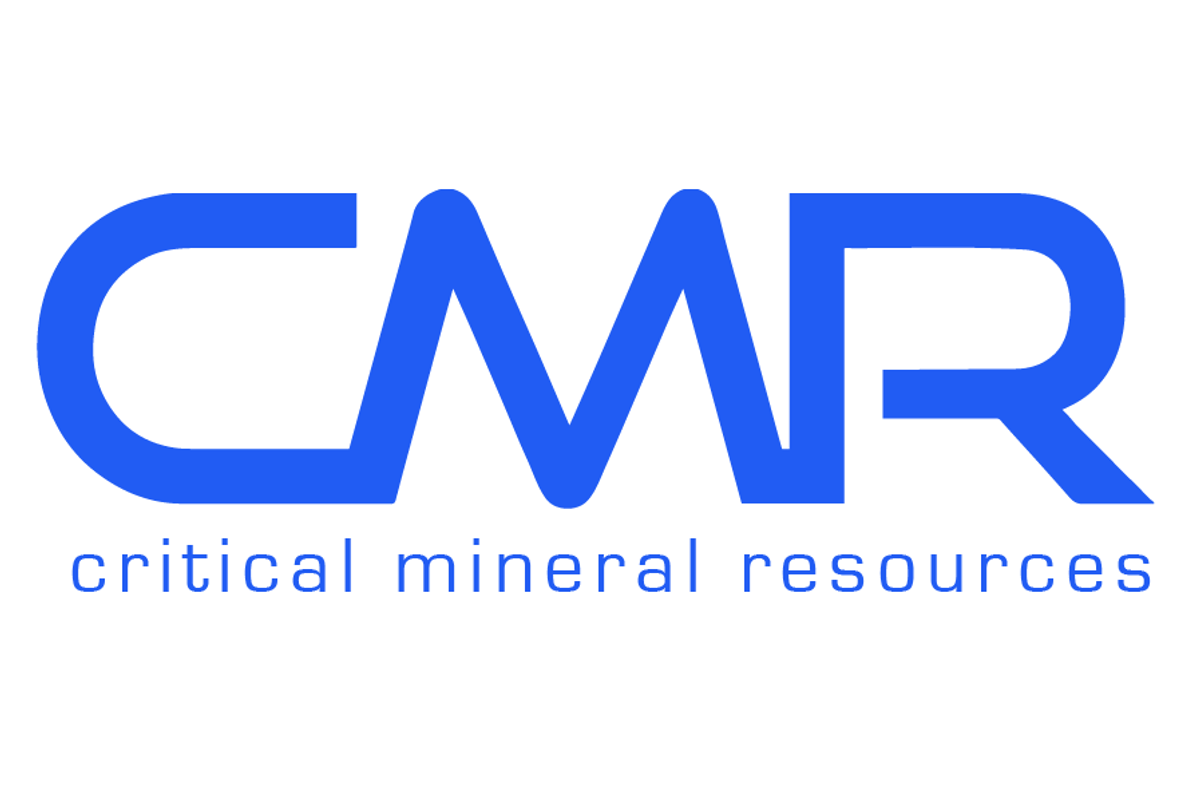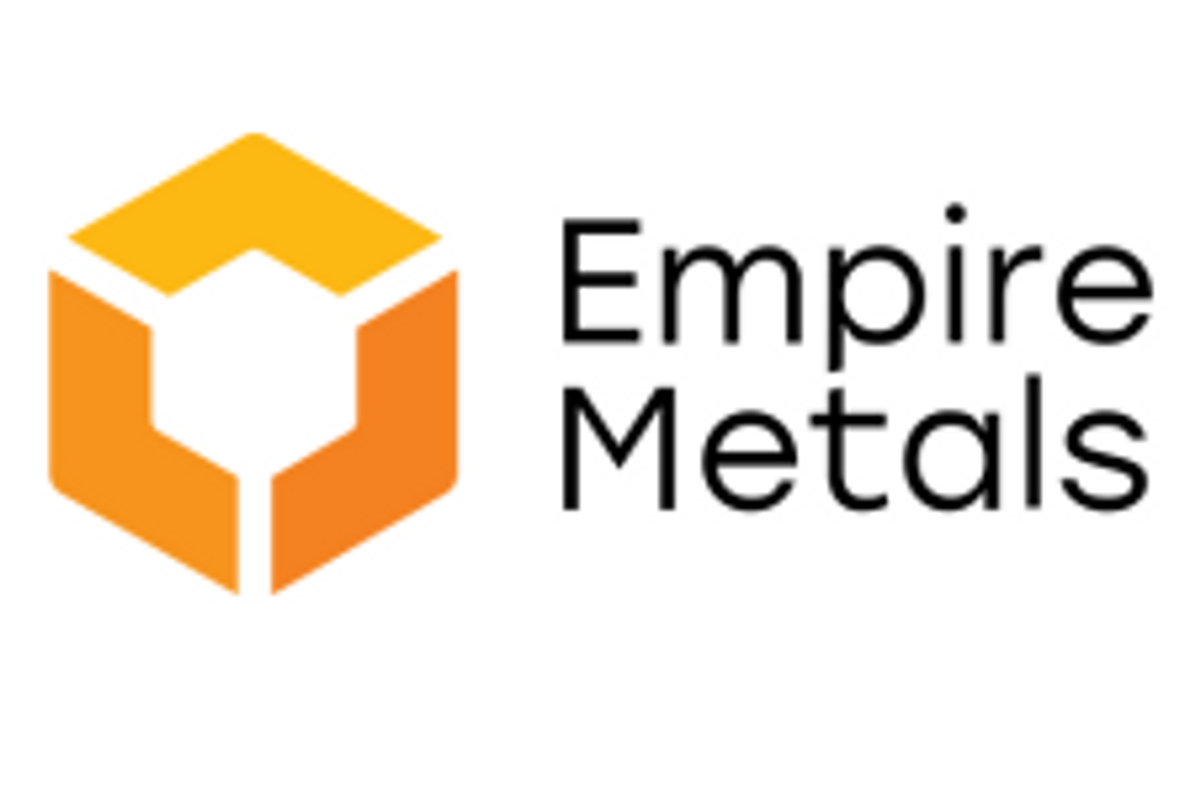
April 30, 2025
Empire Metals (LON:EEE, OTCQB:EPMLF) is an exploration and resource development company focused on Australia, gaining global recognition for its discovery and swift advancement of what is believed to be the world’s largest titanium deposit.
The company’s primary focus is the Pitfield project in Western Australia — a premier mining jurisdiction. With over 1,000 square kilometres of land and a titanium-rich mineral system extending 40 kilometres in strike length, Pitfield is shaping up to be a district-scale discovery with the potential to significantly influence the global titanium supply chain.
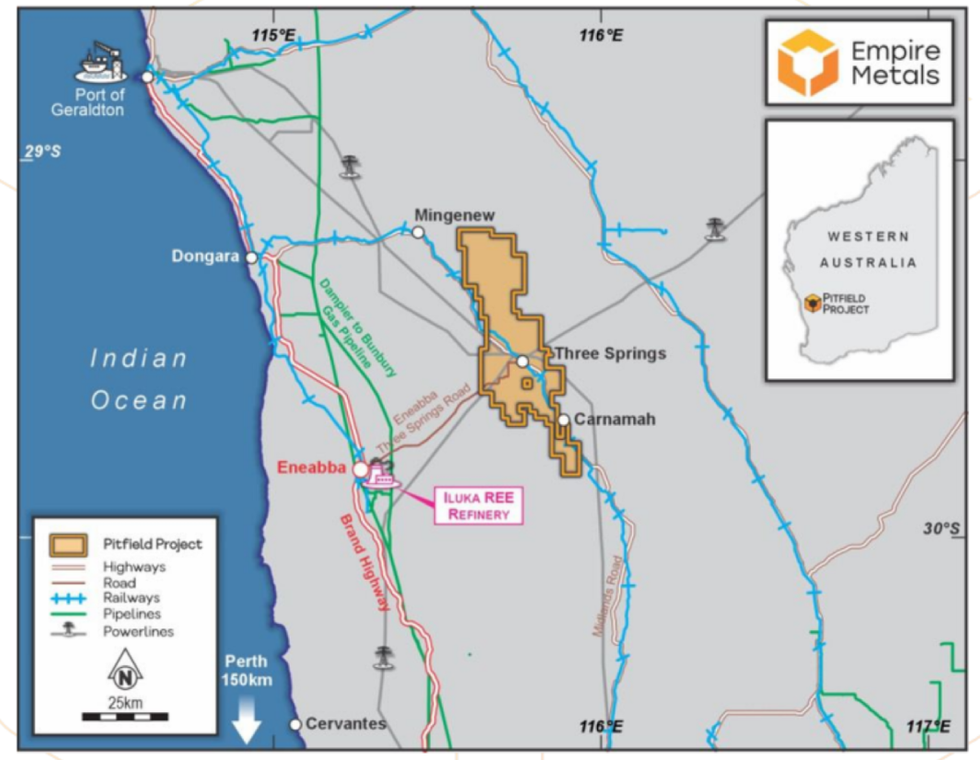 Pitfield’s prime location in Western Australia
Pitfield’s prime location in Western AustraliaEmpire’s focus on titanium comes at a pivotal time, as it is officially recognized as a critical mineral by both the EU and the US for its essential role in aerospace, defence, medical, clean energy, and advanced industrial applications. Demand for titanium dioxide — the most widely used form — is surging, while global supply is increasingly constrained by geopolitical risks, resource depletion, and environmental challenges. With over 60 percent of supply concentrated in countries like China and Russia, Western markets face growing vulnerabilities.
Company Highlights
- The flagship Pitfield project is the world’s largest known titanium discovery. It’s a district-scale “giant” titanium mineral system, characterised by high-grade, high-purity titanium mineralisation exhibiting exceptional continuity.
- Titanium is in a global supply deficit and recognized as a critical mineral by the EU and US.
- Drill intercepts at Pitfield include up to 202 meters at 6.32 percent titanium dioxide (TiO2) from surface, confirming vast scale and grade.
- Empire Metals operates in one of the world’s most secure, mining-friendly jurisdictions: Western Australia.
- The company is led by an experienced, agile team, with proven expertise in exploration, mine development, and value creation across multiple commodities.
- With a number of key development catalysts planned for 2025, including a maiden resource estimate, bulk sampling for scale-up of metallurgical testwork, and product optimisation, Empire remains significantly undervalued relative to its peers.
This Empire Metals profile is part of a paid investor education campaign.*
Click here to connect with Empire Metals (LON:EEE) to receive an Investor Presentation
EPMLF

Sign up to get your FREE
Empire Metals Investor Kit
and hear about exciting investment opportunities.
- Corporate info
- Insights
- Growth strategies
- Upcoming projects
GET YOUR FREE INVESTOR KIT
The Conversation (0)
14 October 2025
Empire Metals
Advancing a game-changing, globally significant titanium project in Western Australia.
Advancing a game-changing, globally significant titanium project in Western Australia. Keep Reading...
30 December 2025
Empire Metals Limited Announces Conditional Sale of 75% of Eclipse Gold Project
LONDON, UNITED KINGDOM / ACCESS Newswire / December 30, 2025 / Empire Metals Limited (AIM:EEE)(OTCQX:EPMLF), the AIM-quoted and OTCQX-traded exploration and development company, is pleased to announce that it has entered into a conditional sale and purchase agreement for its 75% interest in the... Keep Reading...
01 December 2025
Empire to Present at the Precious Metals & Critical Minerals Virtual Investor Conference
Empire Metals Limited (AIM: EEE, OTCQX: EPMLF), announces that Greg Kuenzel (Finance Director) will present live at the Precious Metals & Critical Minerals Virtual Day Conference in partnership with OTC Markets and hosted by VirtualInvestorConferences.com, on December 4 th at 9am ET. The... Keep Reading...
13 November 2025
Empire Metals Limited Announces Appointment of Joint Corporate Broker
Empire Metals Limited, the AIM-quoted and OTCQX-traded exploration and development company, is pleased to announce the appointment of Canaccord Genuity Limited ("Canaccord") as joint corporate broker with immediate effect. Canaccord will work alongside S. P. Angel Corporate Finance LLP and Shard... Keep Reading...
13 November 2025
Empire Metals Limited Announces Appointment of Joint Corporate Broker
LONDON, UK / ACCESS Newswire / November 13, 2025 / Empire Metals Limited, the AIM-quoted and OTCQX-traded exploration and development company, is pleased to announce the appointment of Canaccord Genuity Limited ("Canaccord") as joint corporate broker with immediate effect. Canaccord will work... Keep Reading...
12 November 2025
Empire Metals Limited Announces Diamond Drilling Ahead of Pilot-Scale Testwork
Diamond Drilling to Commence at Pitfield Ahead of Pilot-Scale Testwork Phase LONDON, UK / ACCESS Newswire / November 12, 2025 / Empire Metals Limited (LON:EEE)(OTCQX:EPMLF), the AIM-quoted and OTCQX-traded resource exploration and development company, is pleased to announce the commencement of a... Keep Reading...
09 January
Raptor Resources
An Exploration & Development Company with Copper Resources + Base Metals Offering Significant Potential in Critical Metals Keep Reading...
09 January
Rio Tinto, Glencore Restart Talks on US$260 Billion Mining Mega-Merger
Commodities giants Rio Tinto (ASX:RIO,NYSE:RIO,LSE:RIO) and Glencore (LSE:GLEN,OTCPL:GLCNF) said on Thursday (January 8) that they have restarted talks about a potential business combination.The two major miners spoke previously back in 2024, but failed to reach an agreement. This time around,... Keep Reading...
09 January
Q4 & 2025 Trading Update
Strong Cobre performance provides sustainable revenue and operational stability to enable continued advancement of the Redmoor Tungsten-Tin-Copper Project
Strategic Minerals plc (AIM: SML; USOTC: SMCDF), an international mineral exploration and production company, is pleased to provide the following update on Q4 and 2025 performance and activities. HighlightsSignificant share price appreciation in 2025 - up 470% and one of the top performing... Keep Reading...
07 January
Copper Price Hits All‑time High on Supply Constraints and Trade Fears
The copper price climbed to a fresh record on Tuesday (January 6), with persistent supply disruptions and trade uncertainty pushing the metal to a nearly 30 percent rally since October.Benchmark three month copper on the London Metal Exchange (LME) rose as much as 3.1 percent in early trading to... Keep Reading...
07 January
Company owned drill rig - first drill hole completed
Critical Mineral Resources plc (“CMR”, “Company”) is pleased to report that its newly commissioned diamond drill rig has successfully produced its first core from Zone 1 North, marking an important operational milestone and supporting the next phase of exploration and project advancement.The... Keep Reading...
Latest News

Sign up to get your FREE
Empire Metals Investor Kit
and hear about exciting investment opportunities.
- Corporate info
- Insights
- Growth strategies
- Upcoming projects
GET YOUR FREE INVESTOR KIT
Interactive Chart
Latest Press Releases
Related News
TOP STOCKS
American Battery4.030.24
Aion Therapeutic0.10-0.01
Cybin Corp2.140.00


